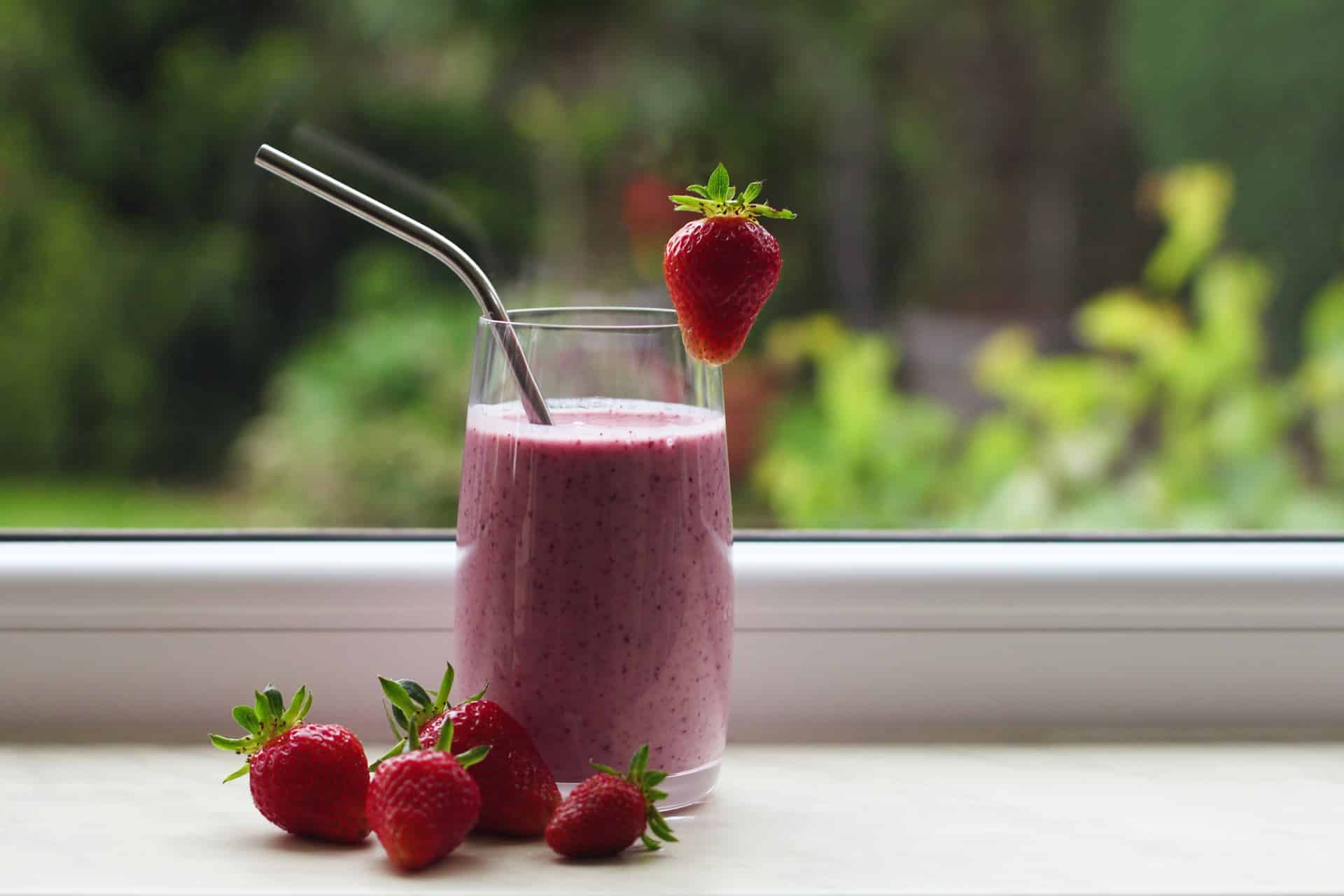Among the numerous health trends that have gained popularity over the years, smoothies have stood the test of time. They are not only delicious and refreshing, but they provide a convenient method to consume vital nutrients. However, the perfect smoothie is not merely a haphazard mix of ingredients. It is a careful blend of protein, fiber, healthy fats, and fruits. In this article, we will guide you on how to create a perfectly balanced fruit smoothie.
Selecting the Right Fruits
Fruits are an integral part of a smoothie. They provide the sweet taste that makes smoothies enjoyable, and they also add essential vitamins and minerals. But not all fruits are created equal.
En parallèle : The joy of homemade yogurt: easy and healthy
When choosing fruits for your smoothie, opt for a variety of colors. Different colored fruits provide different types of nutrients, so a colorful smoothie will ensure you’re getting a wide range of vitamins and antioxidants. Berries such as blueberries and strawberries are great sources of antioxidants. Bananas offer potassium, while citrus fruits like oranges provide a healthy dose of vitamin C.
Frozen fruits are also an excellent choice. They can give your smoothie a creamy texture similar to a milkshake, without the added fat and calories. Plus, frozen fruits are often picked at their peak ripeness, so they can provide more nutrients than their fresh counterparts.
A lire aussi : What are the essentials of mediterranean cooking?
Incorporating Protein
Protein is a critical component of a balanced smoothie. It helps to keep you feeling full and satisfied, and it’s necessary for muscle repair and growth.
There are several ways to add protein to your smoothie. Protein powder is a popular choice, as it’s easy to measure and blend. Whey protein is highly recommended, as it’s quickly absorbed by the body, but casein or plant-based proteins are also good choices.
Alternatively, you can add protein through other ingredients. Greek yogurt, for example, is a high-protein option that also adds a creamy texture to your smoothie. Milk, both dairy and plant-based versions, can also provide protein.
Adding Healthy Fats
While it might seem counterintuitive to add fat to your smoothie, healthy fats are actually essential for proper nutrition. They help your body absorb vitamins and keep you feeling satiated longer.
Avocado is a great source of healthy fats, and it can make your smoothie incredibly creamy. Seeds, such as chia or flax seeds, also provide healthy fats, in addition to fiber. Nut butters, like almond or peanut butter, can also contribute healthy fats, as well as protein.
Including Fiber
Fiber is often overlooked in smoothie recipes, but it’s an important ingredient for a balanced drink. Fiber can help regulate your digestion, keep you feeling full, and control your blood sugar levels.
Adding a handful of spinach or kale to your smoothie can significantly increase its fiber content, without changing its taste. Oats are another excellent source of fiber, and they can give your smoothie a satisfying, hearty texture. As previously mentioned, seeds like chia or flax also provide fiber.
Timing Your Smoothies
The time of day you consume your smoothie can also impact its benefits. A smoothie can serve as a quick and easy breakfast option, providing a nutrient-rich start to your day. Alternatively, a protein-packed smoothie can be an excellent post-workout recovery meal.
Remember, balance is key. Ensure your smoothie contains a mix of fruits, protein, healthy fats, and fiber. With these tips in mind, you’ll be on your way to creating the perfect fruit smoothie in no time.
Experimenting with Various Liquid Bases
Liquid bases are the unsung heroes of a smoothie recipe. They help blend all the ingredients together to create a drinkable consistency. Not only that, the type of liquid you choose adds to the overall nutritional value of the smoothie.
Water is the most common base used in smoothies. It’s an excellent choice, especially if you are watching your calorie intake. However, there are several other options worth considering. Almond milk is a low-calorie base that can make your smoothie extra creamy. It’s perfect for those who want a dairy-free option. Coconut water, on the other hand, is a refreshing base that also replenishes electrolytes, making it a popular choice for post-workout smoothies.
If you want to add more protein to your smoothie, try using Greek yogurt or milk. Greek yogurt not only makes the smoothie creamier but also provides a good dose of protein. Milk, whether dairy or plant-based like soy or oat milk, can also boost the protein content.
Remember, the choice of your liquid base can significantly affect the flavor of your smoothie. Try experimenting with different combinations until you find what suits your taste buds the best.
Sweetening Your Smoothie Naturally
While fruits add natural sweetness to your smoothie, sometimes you might want a little extra. But instead of turning to refined sugars or artificial sweeteners, consider healthier alternatives.
Dates are a fantastic natural sweetener. They not only sweeten your smoothie but also add a good dose of fiber. Honey, although slightly higher in calories, is a natural sweetener packed with antioxidants and has antibacterial properties. Be careful with the quantity, though, as a little goes a long way.
Finally, remember the sweetness of your smoothie can also be adjusted by the ripeness of your fruits. Very ripe bananas, for example, are much sweeter than their just-ripe counterparts. With some experimentation, you’ll find the right balance of sweetness that also aligns with your health goals.
Conclusion: Crafting Your Perfect Fruit Smoothie
Crafting a perfectly balanced fruit smoothie is an art. You need to strike a balance between taste, texture, and nutritional value. Start with a variety of colorful fruits, add in protein from sources like Greek yogurt or protein powder, include healthy fats from avocado or seeds, and don’t forget the fiber from greens or oats. Mix it all together with a suitable liquid base and sweeten naturally if needed.
Just like any culinary endeavor, creating the perfect smoothie recipe takes practice. Don’t be afraid to experiment with different combinations of fruits, proteins, fats, and bases. Listen to your body and adjust the ingredients to suit your personal health needs and taste preferences.
Whether you’re aiming for a protein smoothie to fuel your post-workout recovery, or a fruit smoothie bowl topped with hemp seeds for a nutrition-packed breakfast, these guidelines can help you whip up a healthy smoothie that satisfies both your palate and your body’s needs. With these tips in mind, you’re now ready to embark on your smoothie-making journey. Enjoy!











